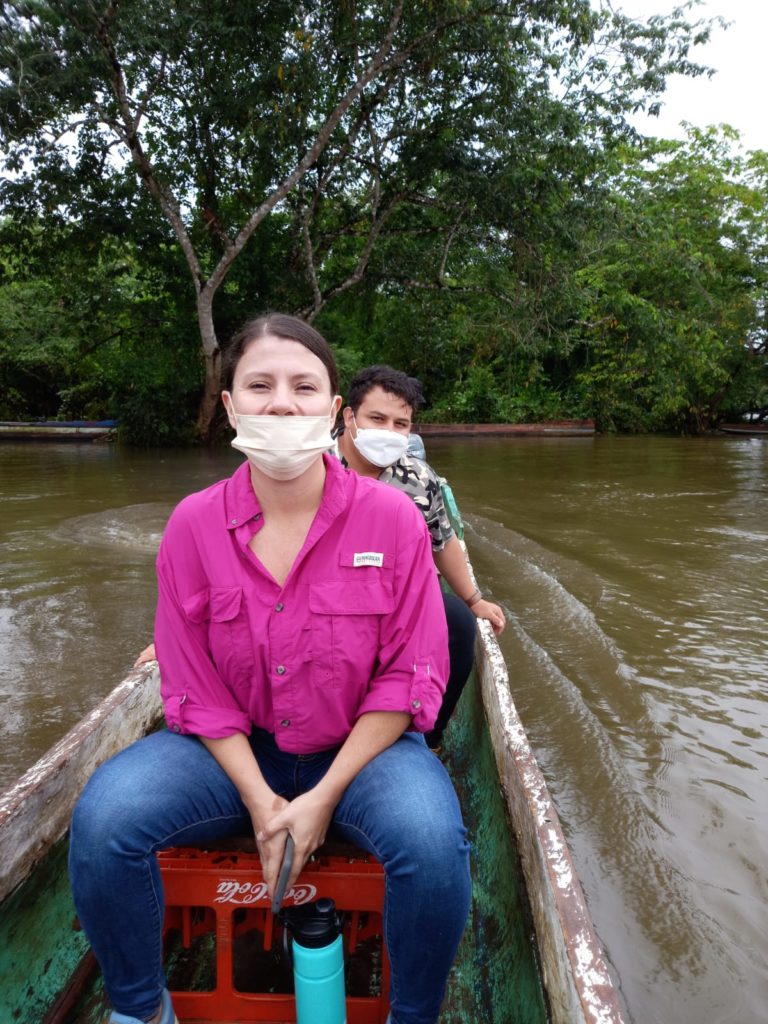Here’s what’s happening around the world in the area of child welfare and protection.
Cristian Maneiro & Sully Santos de Uclés
A recent project in Panama presented new challenges as well as exciting achievements. The Maestral team led by Sully Santos (team lead), Cristian Maneiro, and Kelley Bunkers, together with an excellent team of local consultants – Nayibe Mora, Tanya Fernández, and Migdalia Vila – carried out the mapping of the workforce dedicated to the comprehensive protection of children and adolescents in the Republic of Panama. Based on experiences in other countries, the mapping exercise is based on the principle that a workforce is planned correctly, provided with support, is essential to guarantee the fundamental human rights of children, and protects children from abuse, neglect, exploitation, and violence.
In collaboration with the UNICEF Panama Country Office, the primary objective of this project was to understand the complexity of the human resources involved in the comprehensive protection of children or adolescents. This includes the number of people, the legal framework, technical skills and competencies, supervisory structures, and the financial resources dedicated to their practice and support. While the exercise was carried out at the national level, fieldwork and analysis were conducted in four counties and 13 communities. UNICEF is planning to initiate the implementation of a model of integrated social services at the community level in these target communities, focused primarily on the prevention of violence, abuse, exploitation, and neglect. The target geographic locations are in Panama Oeste and Comarca Emberá-Wounaan. The corregimientos were chosen by UNICEF in coordination with local governments, ensuring diversity in terms of multidimensional poverty (high, medium, and low), the total number of inhabitants, and urban and rural.
At the start of the project, UNICEF formed a Technical Reference Group, which, together with the local consultants, reviewed the instruments, adapted them, and contextualized them to the reality of Panama. Maestral adopted a mixed-methods approach, involving a desk review of more than 130 documents and fieldwork, including in some very hard-to-reach areas as highlighted in the photos. Different data collection techniques were applied such as interviews with key informants, focus group discussions, and online surveys. Seventy people participated in interviews and focus groups, and 1,387 people completed an online survey. Findings highlighted that the workforce for child protection in Panama is generally characterized by a shortage of personnel, lack of adequate space, privacy, supplies, and basic conditions resulting in challenges and affecting the emotional state of many members of the workforce.
Findings also highlighted the high level of training of members of the workforce with 60% accredited with a bachelor’s degree or higher. The above, combined with their marked vocation of service and commitment reveal conditions suitable for their strengthening the workforce with targeted interventions. The majority of those involved in the mapping were able to identify protective factors which contribute to the prevention of violence and abuse, however, more than half (55.3%) did not feel they have the adequate skills to conduct an assessment and develop a case plan as part of a case management process. From the interviews, it is argued that the inter-institutional articulation is quite weak, and reform is required to enable members of the workforce to work efficiently and effectively. The report concludes by highlighting key recommendations for UNICEF, government actors, academia, and NGOs.


To reach one of the communities in Embera-Wounaan region, our colleagues, Nayibe and Migdalia had to travel by canoe.